Hallo My Frend Steemit !!
Because birds are animals that must live with her flocks in the wild, birds need constant companionship, care, and interaction. Birds are pets and "guests" are good yards. If you are considering keeping birds, you should pay attention to their maintenance needs, including providing a good cage, nutritious food, and bird health attention. You also have to provide plenty of entertainment and interaction so that your birds are always happy and alert. Or, if you are trying to attract birds to visit your yard and feed him, you also need to know some basic treatments to make his arrival safer and enjoyable. This article was created to give you general outline of bird care and things to think about, whether as a bird owner or a "hotel" provider for wild birds.
Choosing Bird as Pets
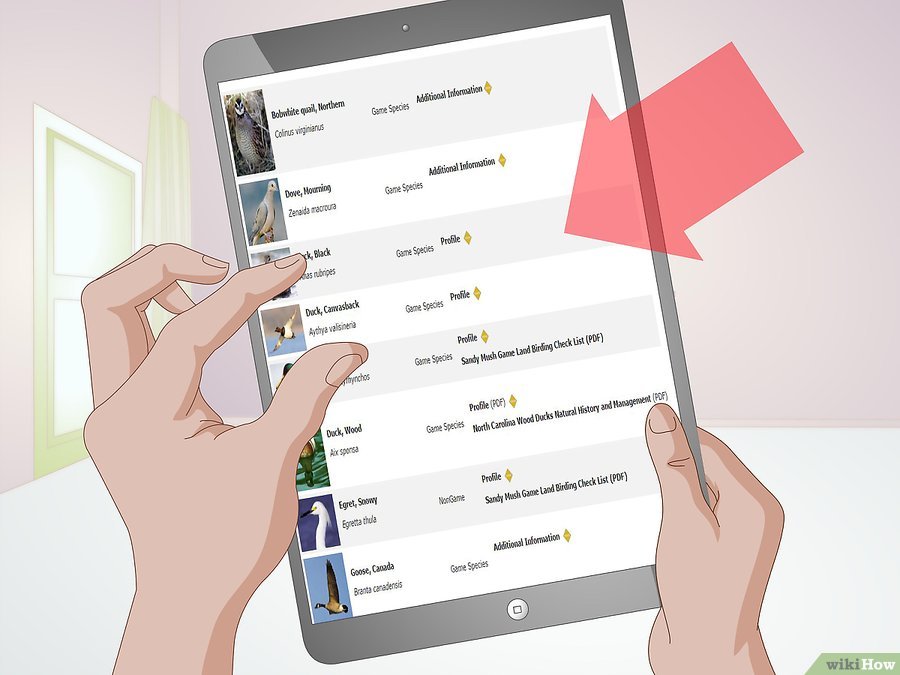
|image source: https://id.wikihow.com/Memelihara-Burung
A. Choose bird species carefully. Not all bird species are suitable for pets and not all temperament and bird care needs match what you can provide. It's important to learn a lot about the bird species you love, before deciding which birds to look after. Your bird of choice should be in keeping with your lifestyle, interests, and abilities to keep the bird for the rest of its life (some birds can live very long). You must be willing to interact by providing daily interaction for the bird and watching as the bird flies freely outside the cage, if possible.
Do not buy birds because you're impulsive. You need time to research the needs and longevity of the bird before preserving it. Read books about birds or online articles about bird species and specific bird species to learn more about different species of birds.
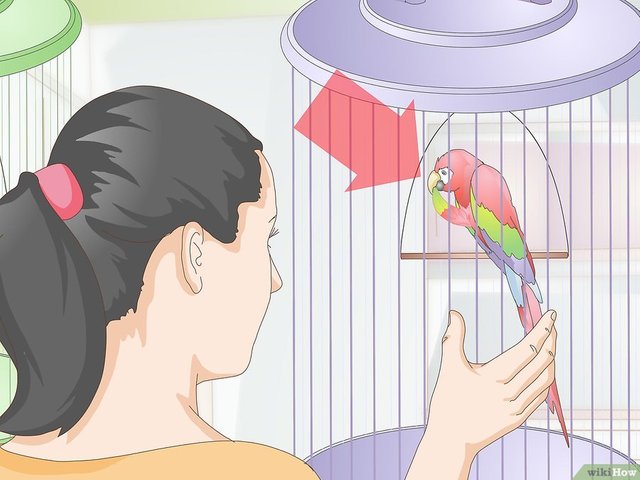
|source image : https://id.wikihow.com/Memelihara-Burung
B. Familiarize yourself with maintaining the most common bird species. Parrots, cockatiels and cockatoos, or parakeets are some of the most popular bird species kept. Other well-preserved bird species are: walnuts, crestfishes, lovebirds, and pigeons. The more exotic the bird species, the more consideration you need to decide if you can provide the appropriate treatment for the bird.
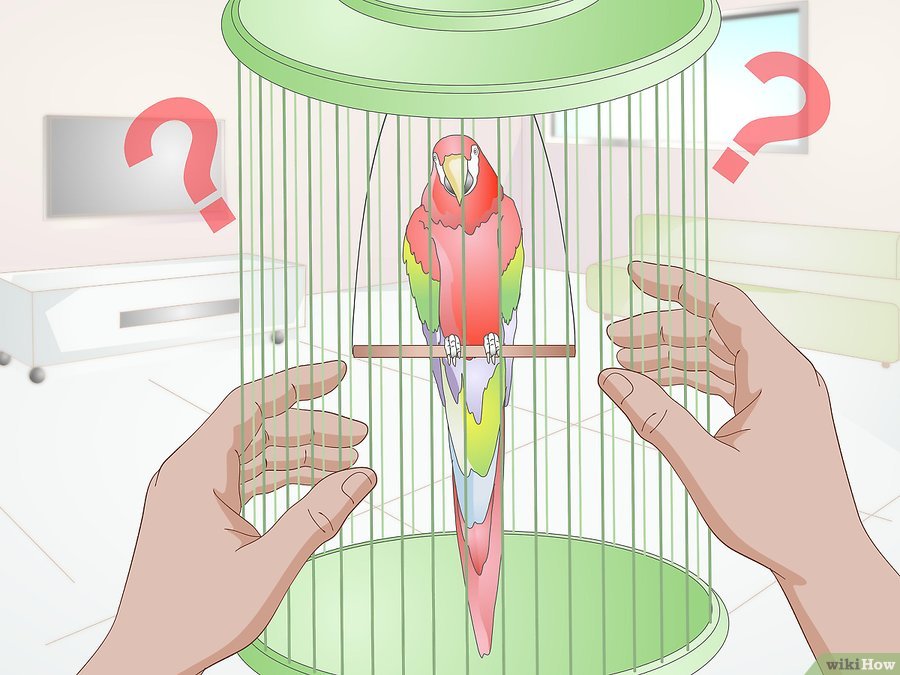
|image source: https://en.wikihow.com/Memelihara-Burung
C. Consider the length of life that the bird can reach. Some bird species, such as parrots, can have a very long life, so you should consider this when buying a parrot. Arrangements must be made to care for the parrot if the owner dies one day; in some cases, you should consider being responsible for raising birds in such conditions rather than buying young ones.
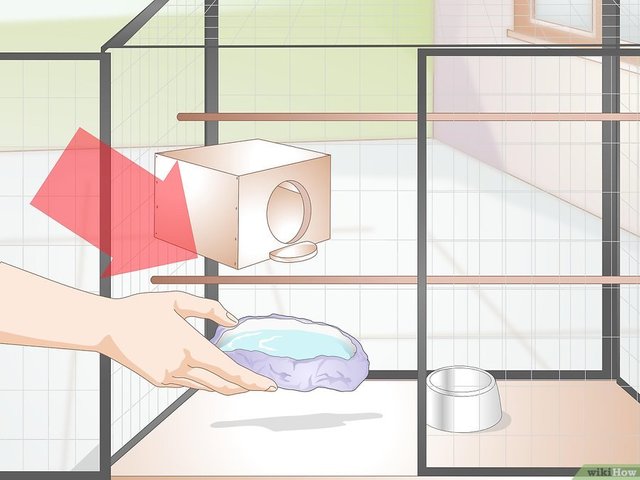
|image source : 
D. Consider setting the appropriate cage if you intend to treat more than one bird. Some birds will be able to share the cage, while some other types will fight; of course, the "cage trauma" is common and may depend on several issues such as personality, body size, sex, and species. [1] You may include two males and two females or one male and one female in the same cage, depending on the species of bird you nurse. If the birds start fighting, you have to separate them. Do a lot of research before doing so and ask a lot of questions on the breeding place or the bird seller; You can even contact the bird nurse at the local zoo or in the wildlife reserve to ask for his advice.
Often, there is a special method required to introduce new birds to birds that already occupy a cage. Consult a vet or bird expert.
Providing Cage
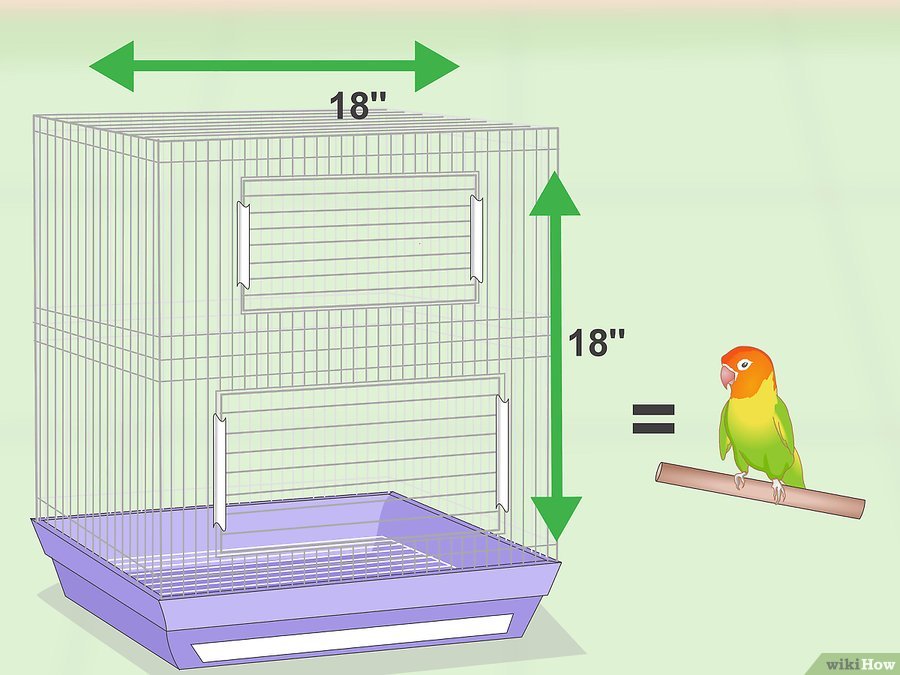
|image source : https://id.wikihow.com/Memelihara-Burung
A. Buy the right cage as the bird's home. Cages needed may vary depending on the type of bird you care for; so you must be guided by the knowledge of the bird species you choose. Below are the standard requirements of a cage:
- The size of the cage should be large enough for the bird to spread its wings from side to side. For some bird species, being able to fly short distances within the cage is the most important part of ensuring that the cage is a healthy place. Large birds should only be inserted into cages one and a half times larger than their wingspan (depth, width, and height).
- Iron cage should not be too tight; bird's claws can get stuck if the distance of iron or cage wire is too tight. However, the cage iron should not be too tenuous so the bird's head can get caught or the bird can sneak and run away.
- The larger the size of the cage, the better. Although larger birdcages tend to be more difficult to clean and the price is more expensive, if you do not often stay at home and / or do not have time to get the bird out to get exercise, the cage area is a very important element. Small cages usually cause behavioral problems in birds.
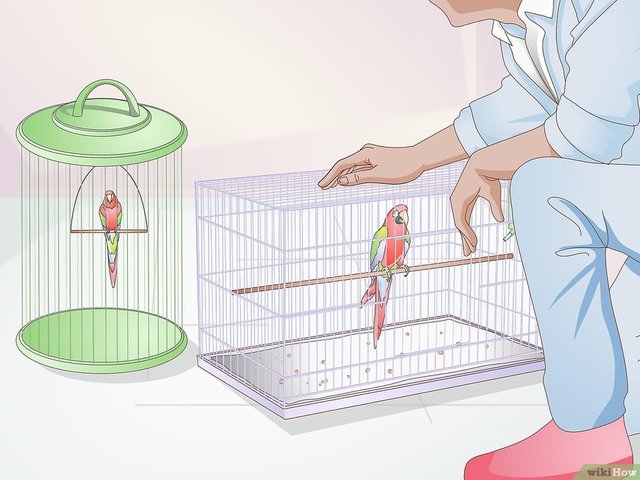
|image source : https://id.wikihow.com/Memelihara-Burung
B. Consider the shape of the cage. A simple box-shaped cage is the best. A round cage is not good for birds. Round cage is usually very narrow and has no angle as a bird shelter. Moreover, the round shape tends to cause the bird to turn its head; birds can go crazy if they are constantly twisting their heads.
- Never buy a guilotin-style door (a door with a round hole in the middle that looks like a guillotine) because the bird can easily escape, and this door can be dangerous because it can make the bird's head stuck when trying to escape.
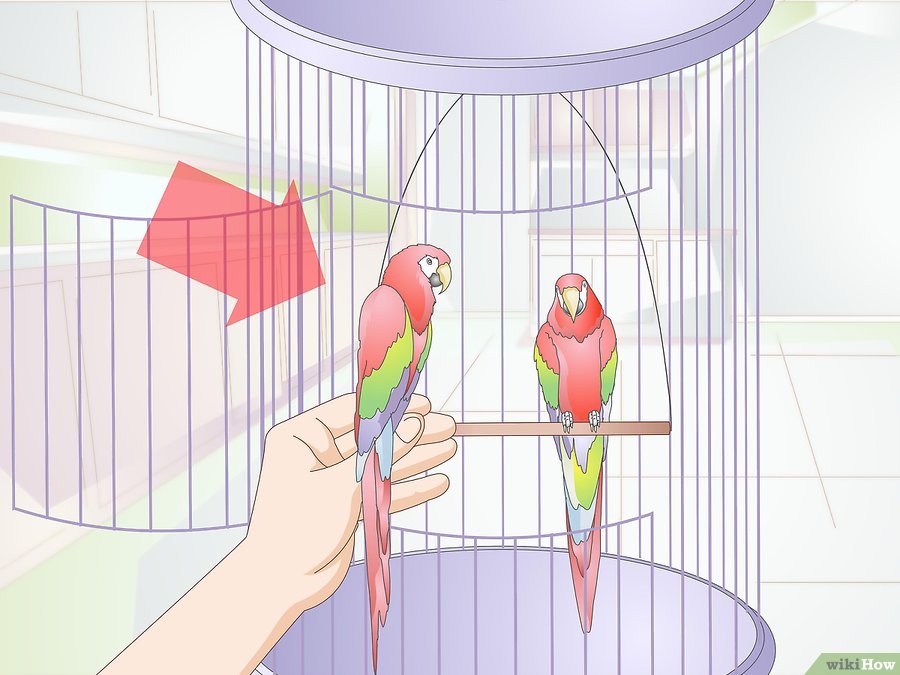
|image source : https://id.wikihow.com/Memelihara-Burung
C. Make sure the cage area will be more than enough if you add one more bird to it. Never put more than one bird into a small cage. Birds need space to hide, eat, fly, and separate from other birds. So, the more birds are stored, the larger the required cage. Aviary (a large bird cage that resembles a small shelter) is more suitable to choose to keep several birds at once.
- If you keep several different bird species in a cage, you must be sure that the birds can be kept in the same cage.
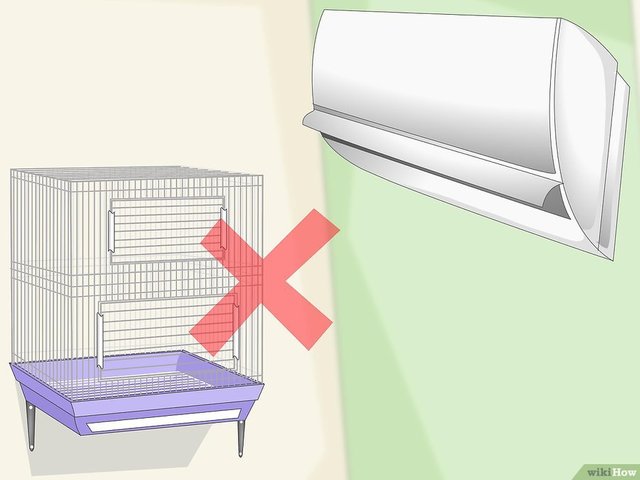
|image source : https://id.wikihow.com/Memelihara-Burung
Make sure that the cage is placed in a warm and comfortable place. The laying of the cage depends on the climate in which you live. If you live in a country with unfriendly winters (below zero, snow, etc.), you should not keep birds outdoors in winter. If you live in a warm climate, an outdoor cage may be more suitable than a cage in the room. Again, research the needs of each bird, including temperature, and match the climate in which you live.
- In some cases, a combination of indoor / outdoor cage arrangements can provide optimal settings for birds. This arrangement can adjust to the season or weather pattern, or it can be arranged based on day and night.
- Birds in hanging cages are often moved outside to hang on a terrace or similar place to be exposed to the fresh air during the day. Always remember to take the bird home before the afternoon breeze blows and night arrives.
- Look for signs of birds overheating or cold in the "bird cleanliness and health" section below.
- The location of the birdhouse is also influenced by the personality of the bird. There are some birds who like to be the center of attention and see the passage of people constantly. There are also cowardly birds who prefer to be kept in a quiet place and away from the noise (but still can interact with your family).
- Do not put the cage in front of the glass constantly. Birds will always pay attention to distress, so the bird will be afraid. Putting a cage near the wall can make birds less preoccupied with predators.
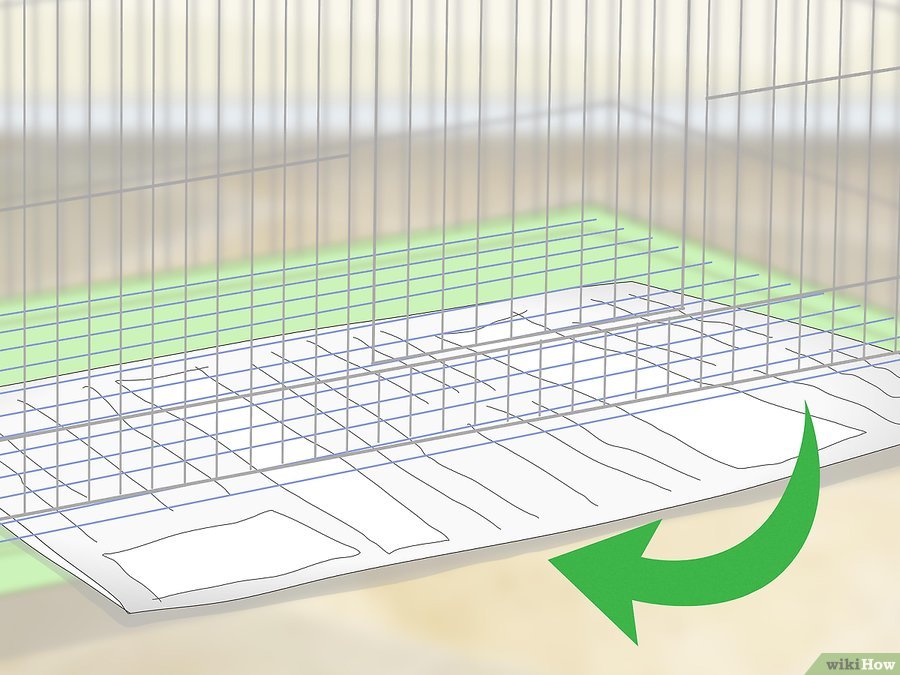
|image source : https://id.wikihow.com/Memelihara-Burung
E. Put some old magazines / unused paper under the cage. This makes the cleaning process easier, and the paper base is easily removed, and you can put a new paper pad for use until the next day. Keep your old letters and newspapers in stock.
Bringing Home
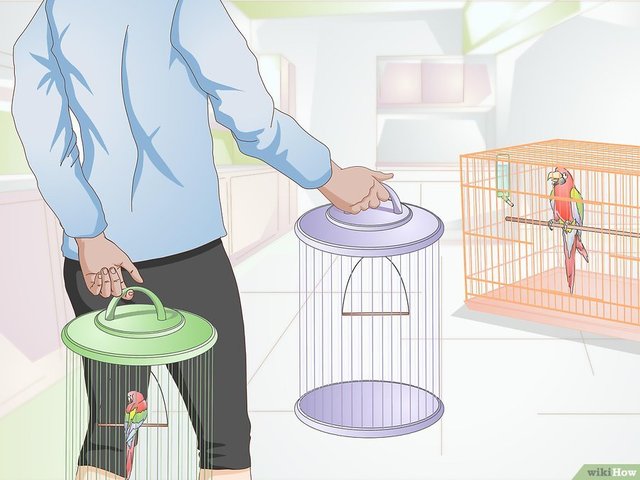
|image source : https://id.wikihow.com/Memelihara-Burung
A. Move the bird into a suitable place to carry. You can use a hard-sided carrier, such as a cat cage or cage recommended by a breeding place or pet store. Put it safely in the car so the cage will not move much during the ride home. You can cover the top of the cage with a towel to provide privacy for the bird, but make sure there is enough air ventilation to keep the bird cool and breathe well.
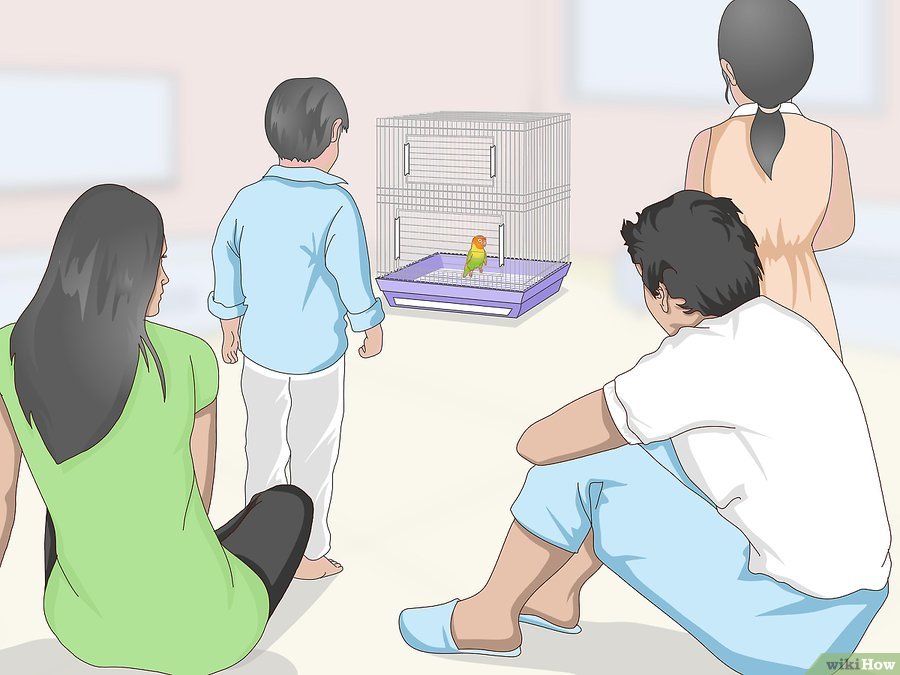
|image source : https://id.wikihow.com/Memelihara-Burung
B. When you bring a bird for the first time to the house, allow your own bird to adjust to its surroundings. This also applies when moving the cage to another part of the house if the age of the bird is still young. Providing time to adapt will make the birds accustomed to its surroundings in its own way and without feeling threatened by human existence. But make sure you provide enough food and water.
Feeding Birds
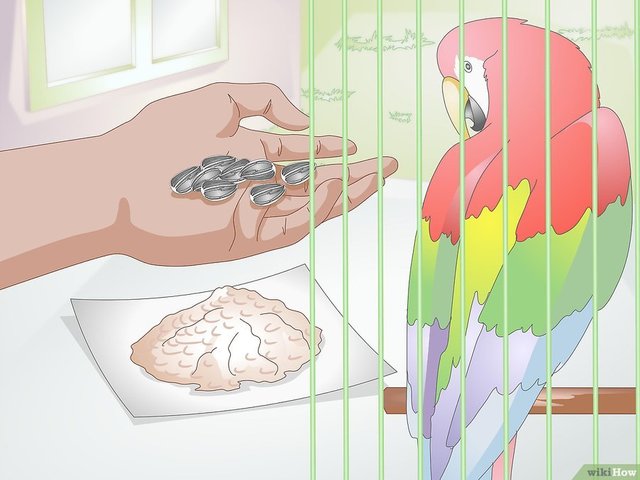
|image source : https://id.wikihow.com/Memelihara-Burung
A. Know the food needed by the bird species that are nurtured. Some birds only eat certain types of food, while other birds have more common types of food. Since food needs depend on the species, you are encouraged to read this section by considering the bird species you choose. Some general feeding observations include:
- Make sure that you have the correct feed for each bird species. You have to find the right feed for your bird, because some birds are very picky about food while other birds have very strict feeding needs. Typically, packets / cans of birds have a label to tell the kind of bird that can eat the feed. If you do not know what type of feed is best, check with the breeder or the seller, or ask questions to the group of bird species lovers.
- You may have to put a small pebble inside the bird feed; some small bird species need it to help destroy the seeds in the cache. However, not all bird species need these small pebbles, and if birds eat them too much, these pebbles can cause a blockage. Fly and walnuts tend to require small pebbles to digest food, but do not give it to parakeets, cockatiel, or parrots.
- Jawawut is a bird snack; never give barley too much to birds. Millet is more suitable given as a snack when training birds.
- A pellet-shaped bird feed, crumbs, or chunks can provide enough nutrition for birds. Because it combines all the nutrients in grains, vegetables, fruits, and grains, the birds will not be picky and eat only one type of feed, so the bird will eat a balanced nutritious.
- Give your winged friends fresh and healthy fruits and vegetables as you consume, minus the dressings. This food adds green vegetables and a variety of bird feeding menu. Mixed variety of foods can also be healthy and fun birds.
Give new feed every day; always empty the skin of the beans that have been eaten on the same day, to keep the bird feed fresh and clean. - If birds are nectarized, you should learn as much as possible about how to feed the bird before buying it because it requires a very special.
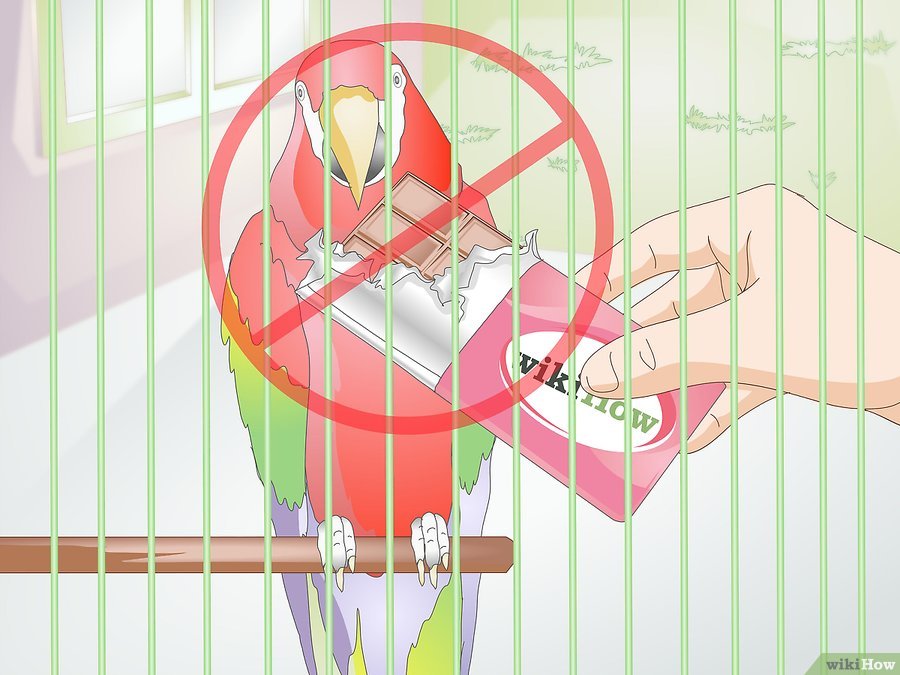
|image source : https://id.wikihow.com/Memelihara-Burung
B. Know the types of foods that should not be given to birds. There are some foods that are not suitable for some bird species. For example, do not give your bird alcohol, chocolate, or avocado. These foods contain chemical components that are toxic to birds.
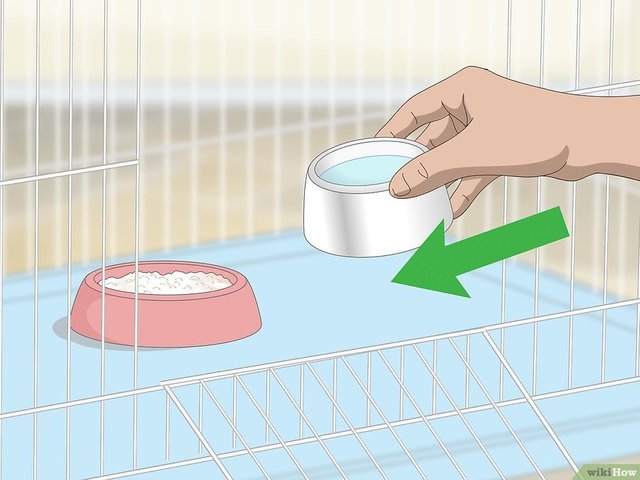
C. Always provide clean water. Clean water should always be provided. Fill in the birds every day with normal water. A bird sanctuary should be checked daily to make sure it works well and you should be absolutely sure that your bird knows how to use it. Change the water every day to keep it clean and fresh.
Buy drops where possible;
- this type of drink prevents bird droppings from entering the drinking area.
- Birds will quickly dehydrate, approximately for 1-2 days without drinking.
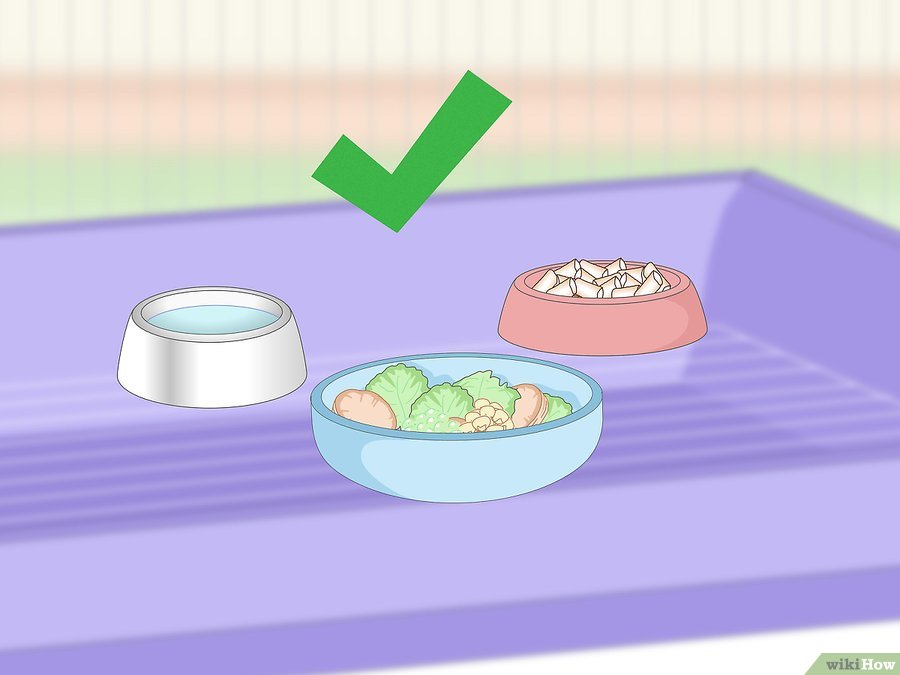
|image source : https://id.wikihow.com/Memelihara-Burung
D. Keep the food and drink clean. Place water and bird feed should be placed on top and do not put the stem on it because the bird will drop the dirt into the feed, so the bird feed becomes unclean.
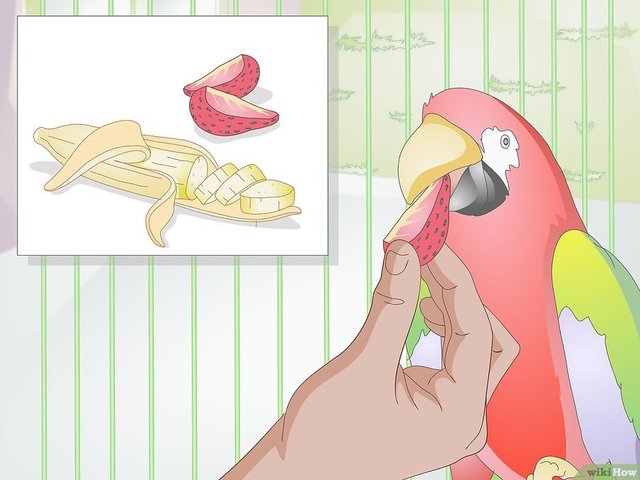
|image source : https://id.wikihow.com/Memelihara-Burung
E. Try feeding the birds regularly at the same time each day. It could be when you eat, or maybe before. However, choose a certain hour and try to keep feeding the bird at that hour, so the bird will know when the food will arrive. If you want to follow the bird's natural feeding time, feed about half an hour after sunrise, and before sunset. During the day, small snacks of fruits and vegetables can be left in a cage.
Again, recognize your bird. Small birds with high metabolism should be fed more often.
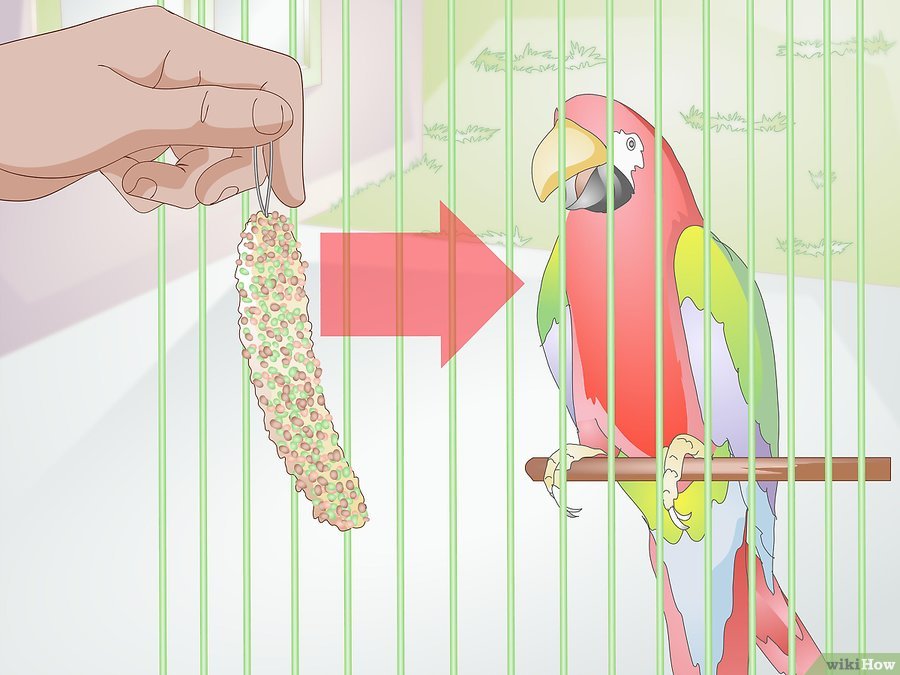
|image source : https://id.wikihow.com/Memelihara-Burung
F. Make a fun feeding process for the worker. You can make the feeding process more enjoyable to your bird by making the process time to interact. For example, feed the birds directly from your hands. Or, whistle while feeding your birds.
Thank you friend steemit who has seen and read our post, what else do not forget in the upvote he steemit friend. this bird sourcing method comes from: https://id.wikihow.com/Memelihara-Burung